Surprising luxury items unearthed at Anglo-Saxon ‘cemetery for the rich’
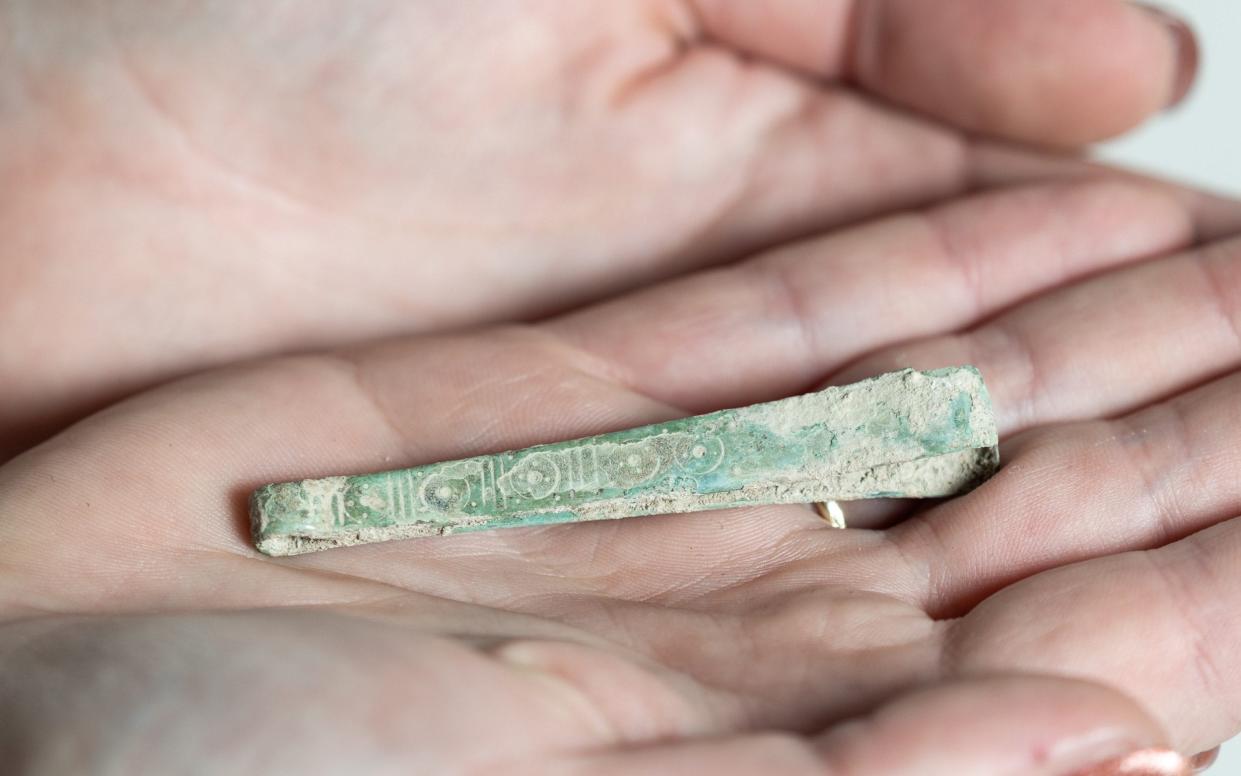
Anglo-Saxon elites were buried with eyeliner, archaeologists have suggested, after unearthing a “hugely significant” cemetery for the rich.
The Dark Ages were long thought to be a period of gruelling subsistence, but archaeologists working on the HS2 line in Buckinghamshire have discovered a 1,600-year-old graveyard which reveals surprising luxury.
Toiletries including ear wax removers, toothpicks, tweezers and a tube that may have contained Anglo-Saxon eyeliner have been unearthed in graves at the site, leading experts to conclude it was a cemetery exclusively for the elite.
Unlike almost all burial sites from the period, the majority of the 141 Dark Age men, women, and children uncovered near Wendover were interred with the high-status items of 5th and 6th-century Britain, making it a “hugely significant” site.
Dr Rachel Wood, lead archaeologist with the Fusion team which worked on the cemetery, said that the site could shed new light on the fashion and creature comforts available in post-Roman Britain.
‘Wealth and displays of power everywhere’
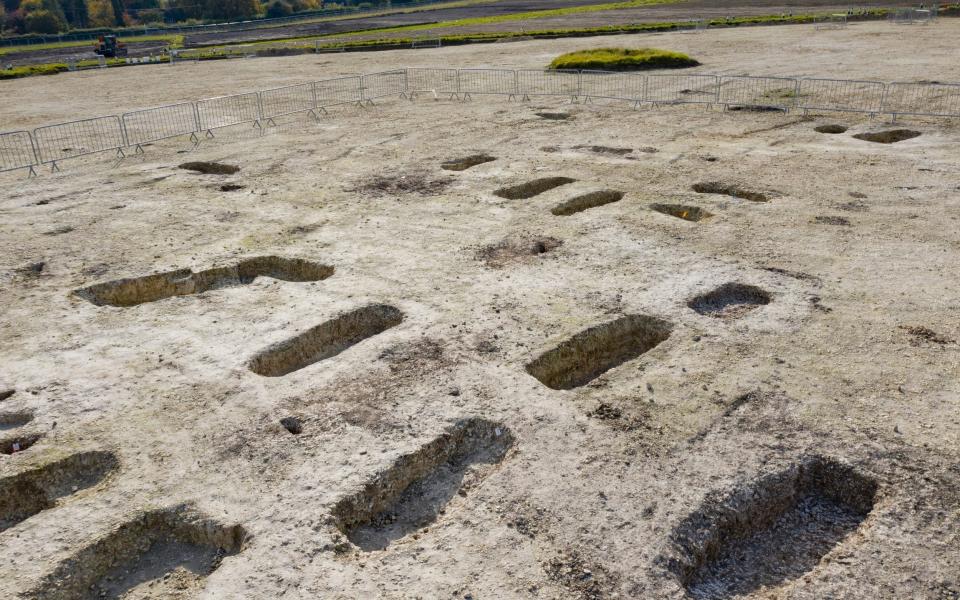
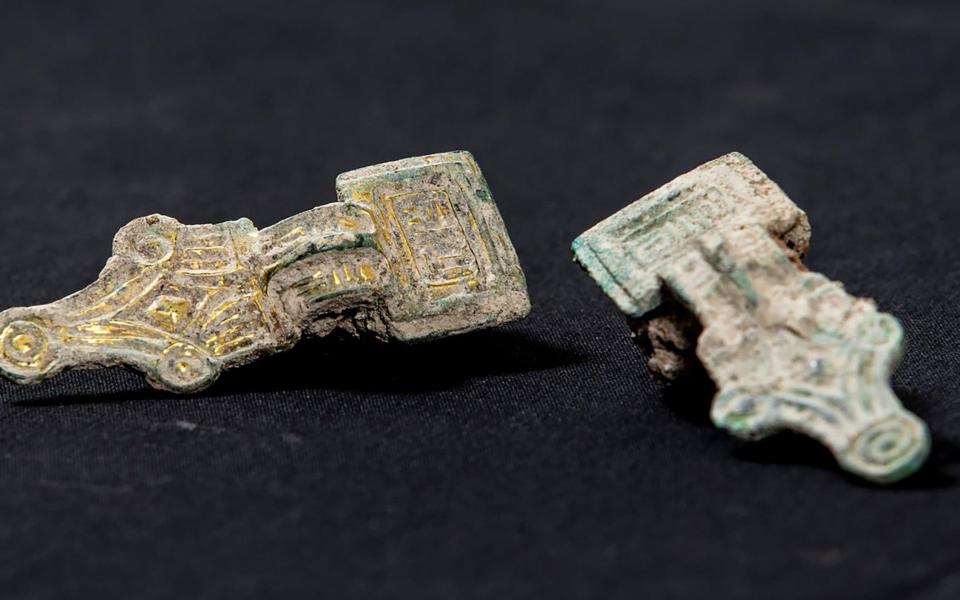
She said: “Ordinarily we find graves and we are stunned if we find one example of luxury grave goods. This is the opposite. With this site you can see wealth and displays of power everywhere.
“It would seem to have been reserved for the wealthy, like a private cemetery. It’s not for royalty, but it’s certainly for people with status.”
The cemetery contained evidence of 138 graves - with some women buried with their children - and five cremation burials, making it one the largest Anglo-Saxon burial grounds ever uncovered in Britain.
While it had long been thought that the Roman Empire abandoning Britain led to a decline in wealth and luxury, grave goods at the cemetery established immediately after their departure show that some early Anglo-Saxons nevertheless enjoyed a lavish lifestyle.
Archaeologists found that some of the grave goods were brought from Europe, including two rare glass beakers from Northern France, where locals used them to sip wine. This suggests Anglo-Saxon elites were importing and enjoying luxury beverages from the continent.
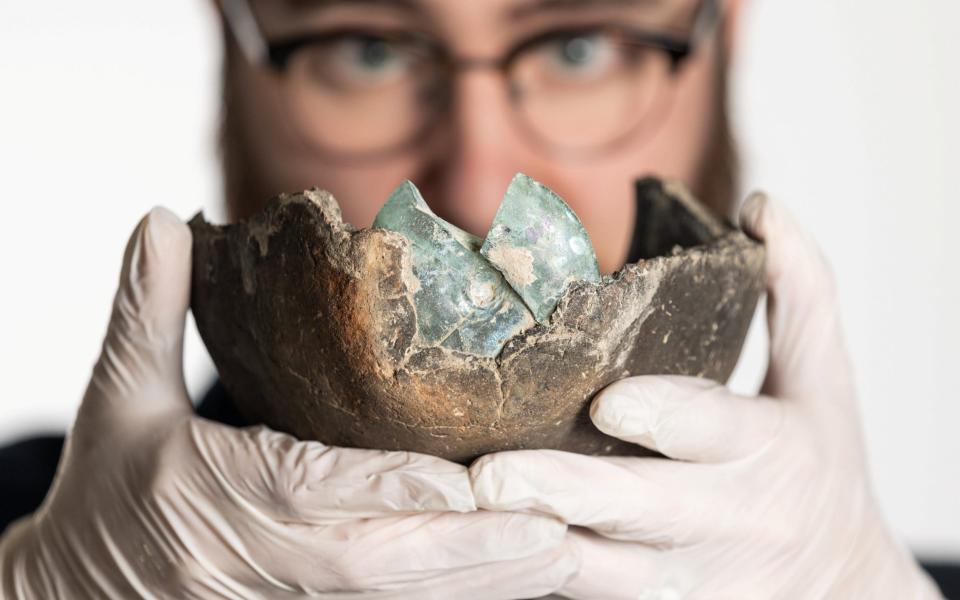
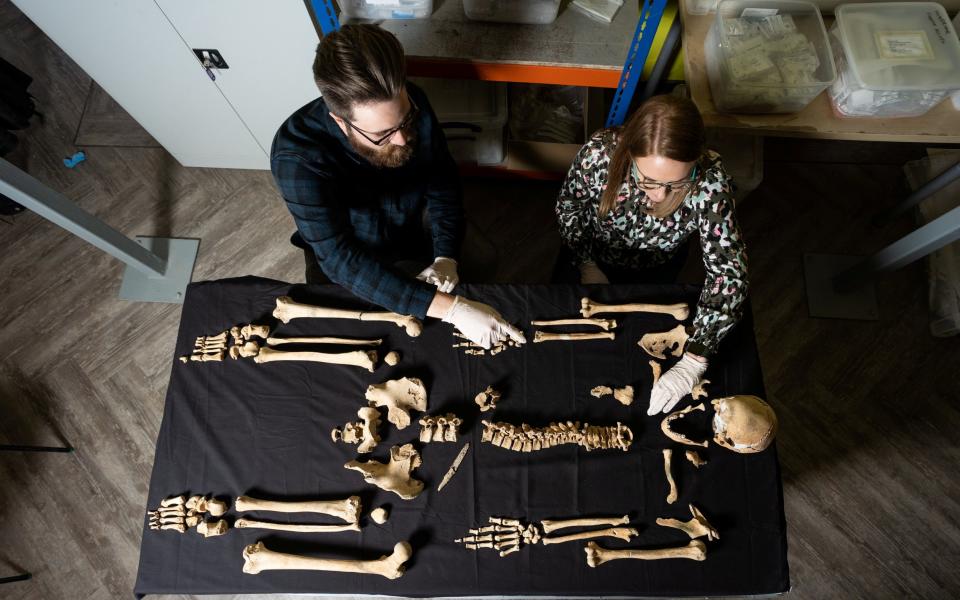
One woman was found buried with an ornate glass bowl which may have been an heirloom from the Roman period, and masses of decorative brooches and beads were found among the graves.
Dr Wood has said that this suggests those buried at Wendover were dressed in the latest high-status garments of the period, adding: “The Romans have gone and people are displaying their status in different ways.
“You have people building great halls like we see in Beowulf. But you also have people showing their status through jewellery, through the clothes they wear, their make-up, and apparently in what they used to clean their ear wax.”
Rings, belt fittings, and ivory adornments are scattered in the graves suggest a comfortable lifestyle for the rich inhabitants of Dark Age Buckinghamshire, but at least one of those buried there appears to have met a violent end, with archaeologists finding evidence that a teenager was stabbed through the spine.
Mike Court, lead archaeologist for HS2, said: “The archaeological finds made at this site in Wendover will not only be of interest to the local community but are of national importance, providing a valuable insight into life in Anglo-Saxon Britain.”

